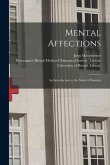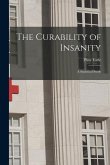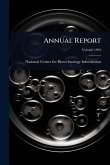"Laboratory Methods for the Experimental Study of Immunity", originally published in 1909, offers a detailed guide to the techniques and procedures used in early immunological research. Written by Eugene Franklin McCampbell, this book provides a comprehensive overview of the methodologies employed to study immunity during a pivotal era in scientific advancement. It is intended for researchers, students, and historians of science seeking to understand the foundations of modern immunology. This work captures the state of laboratory practice at the time, detailing experimental protocols and offering insights into the challenges and innovations of early immunological investigations. It serves as a valuable resource for understanding the historical development of immunological techniques and their impact on our current understanding of immunity. A classic text for anyone interested in the history of medical research and laboratory science. This work has been selected by scholars as being culturally important, and is part of the knowledge base of civilization as we know it. This work was reproduced from the original artifact, and remains as true to the original work as possible. Therefore, you will see the original copyright references, library stamps (as most of these works have been housed in our most important libraries around the world), and other notations in the work. This work is in the public domain in the United States of America, and possibly other nations. Within the United States, you may freely copy and distribute this work, as no entity (individual or corporate) has a copyright on the body of the work. As a reproduction of a historical artifact, this work may contain missing or blurred pages, poor pictures, errant marks, etc. Scholars believe, and we concur, that this work is important enough to be preserved, reproduced, and made generally available to the public. We appreciate your support of the preservation process, and thank you for being an important part of keeping this knowledge alive and relevant.
Bitte wählen Sie Ihr Anliegen aus.
Rechnungen
Retourenschein anfordern
Bestellstatus
Storno






![Blood Immunity and Blood Relationship [electronic Resource]: a Demonstration of Certain Blood Relationships Amongst Animals by Means of the Precipitin Blood Immunity and Blood Relationship [electronic Resource]: a Demonstration of Certain Blood Relationships Amongst Animals by Means of the Precipitin](https://bilder.buecher.de/produkte/65/65520/65520544m.jpg)

